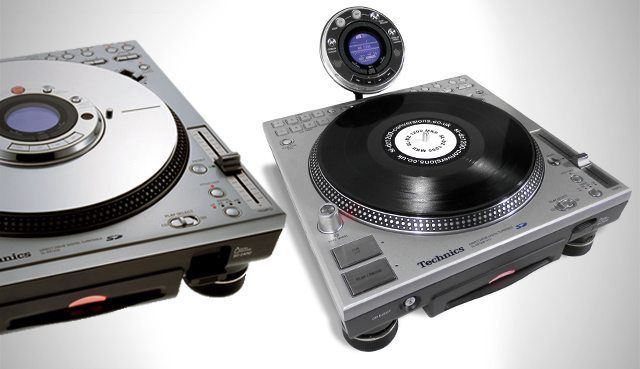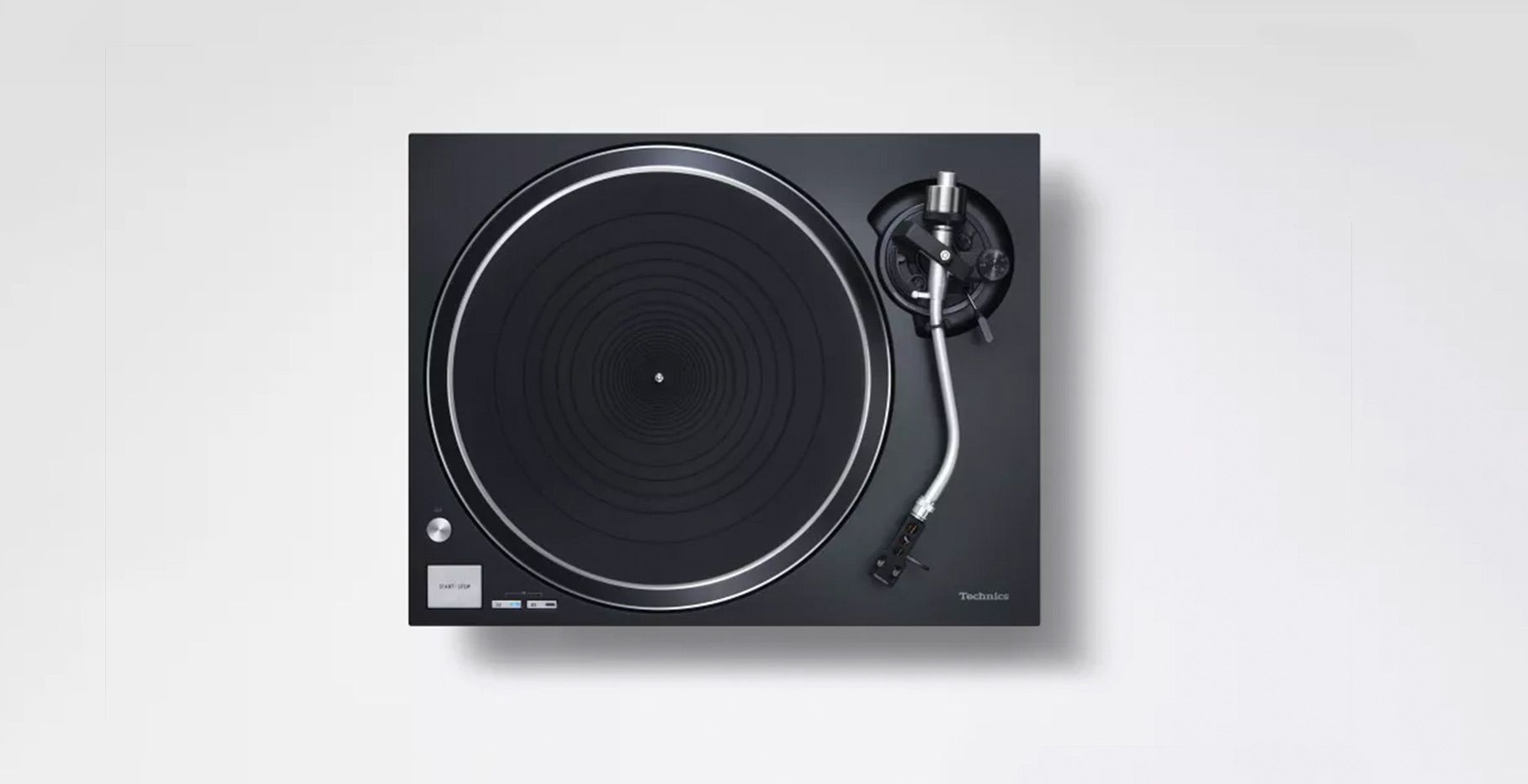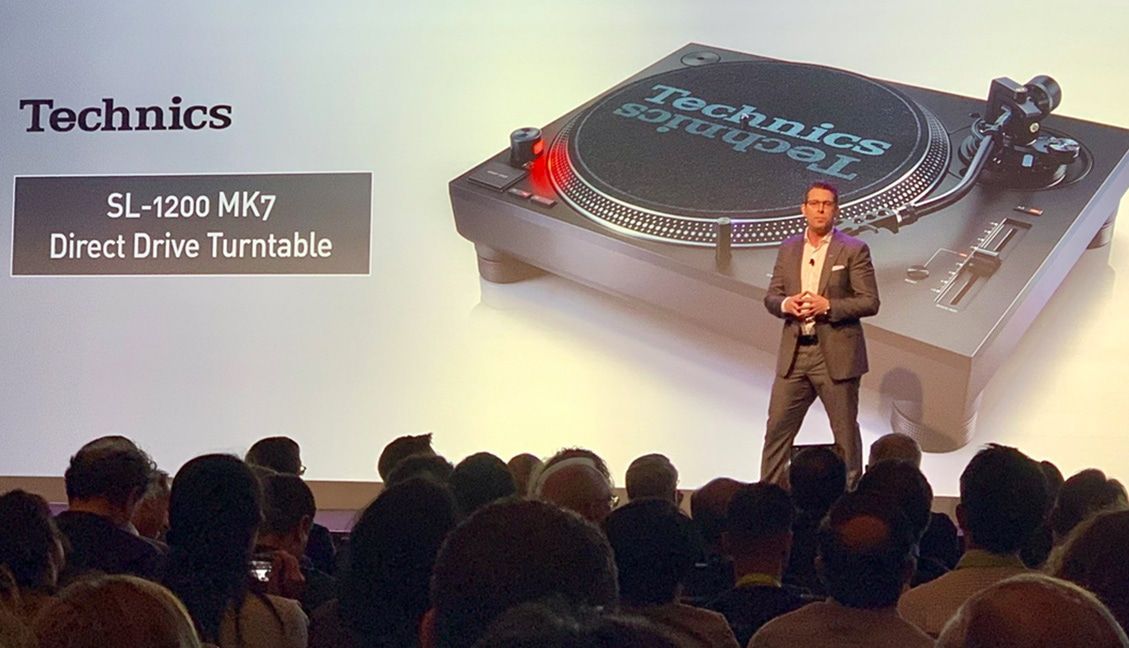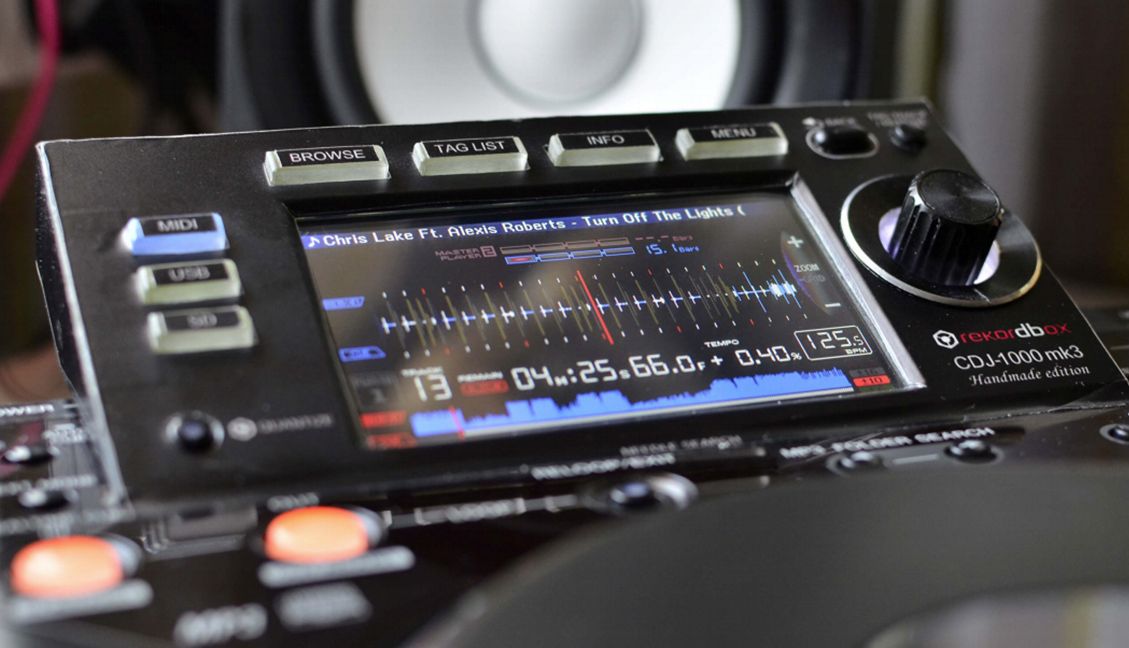Technics introduced the SL-DZ1200 direct drive digital turntable in 2004, hoping to stake a strong claim onto the then-burgeoning digital DJ market. The Technics ultimately lost the race to Pioneer and Denon due to a number of hardware and firmware issues that plagued the units. But now, an independent gear modifier out of the UK is bringing new life to the SL-DZ1200s with a hardware modification. Learn about the history of the turntable and the new modification inside.
HISTORY OF THE TECHNICS SL-DZ1200

Anyone who was looking to buy a digital turntable at the advent of digital vinyl control systems in the early 2000s would have been initially excited at the prospect of Technics stepping in to create a modern version of the SL-1200 turntables. Technics delivered, but not without a number of major faults including:
- Major digital distortion when using key lock and scratching
- MP3 playback limited to 192kbps
- Slip/control discs fit poorly (too loose, allowing side-to-side movement)
- Limited usable platter space because of the center LCD
Panasonic’s lack of attention to detail meant that Pioneer and Denon had no issues blowing the SL-DZ1200 out of the water. Watch this classic YouTube clip of each companies being compared on a basic scratch test:
Eventually an update was finally shipped for the firmware on the unit, version 2.3, that actually addressed many of the issues with the performance of the software – but the market had already shifted. Of course, the new firmware wasn’t able to fix physical issues with the unit but it meant that player worked pretty well with DVS systems, especially since you could load a SD card with timecode straight into the unit – no CD necessary. The SD slot only accepts up to 1GB cards, and require proprietary card readers and software to load compatible files onto the turntable, so it’s not reasonable to use for music.
Panasonic stopped manufacturing the SL-DZ1200 prior to 2008, but there continued to be an aftermarket demand for the digital turntable. Even now, used units of the SL-DZ1200 go for about $300-$400 per turntable.

There’s also a small-but-dedicated community of followers who share instructions on how to create custom colored slipmats for the unit, do simple repairs, and troubleshoot issues. It’s rare to see this strong of a following for an “abandoned” piece of DJ hardware, but not surprising considering how allegiant Technics users historically have been.
THE SL-DZ1200 MK2 MODIFICATION
At DJ TechTools, we’ve got a soft spot for people who see manufacturer design flaws as an opportunity instead of a dead end. That’s how we got our start – replacing the plastic switches on the Vestax VCI-100 with high-quality arcade buttons. UK-based electrical engineer, DJ, producer, and promoter Stuart Littleford is very much of the same mindset, seeing the physical defects of the Technics digital turntable as a challenge worth taking on.
He’s launching his own new modification/conversion project that overhauls the center control disc, removes the LCD screen from the middle of the turntable, and makes a number of drastic performance and hardware enhancements:
- Fixes side-to-side movement on the platter, reducing lag/drag on the unit
- Removes the center display from the platter and makes it external to the turntable (optional mounting or stand)
- Replaces the platter with a vinyl disc, attached with a central middle spindle and sealed to prevent dust getting into the sensor. The new platter also means the entire 10″ surface can be used for control instead of a limited 5″
- Adds a new “slip disk part” to prevent platter sticking
- Modifies the firmware to allow up to 210 kbps MP3s
According to Stuart, each conversion takes about 12 hours – with each part being done himself (including cabling, CNC milling, electrical mods, etc). He’s going to charge about $250 for someone to send in a unit and convert it (shipping not included), or $585 for a unit from his own stockpile. He also plans a DIY kit (~$140):
I will also be doing a conversion kit shortly which will be the cheapest way if you already own a unit (around £80) but it is a long conversion and will take many hours and will require many skills, and I can’t be held responsible if you damage your deck!
I’m in the process of making an instruction sheet, but this will take a while to complete as I have to document every step in detail. […] But you have to [be] good with a soldering iron!
Watch a MKII modification in action:
It’s pretty surprising that with such an active community on a “dead” product, Panasonic hasn’t allowed the community to take over development of the firmware and software. Stuart has his own feelings on the matter:
“My problem with Panasonic is probably the same as many others who brought the SL-DZ1200, they basically didn’t give a fuck about us. People paid a lot of money for those decks […] they should of cared a lot more for those who had brought them […] What they should have done (which I’ve tried many times) is let me have the software program or make it open source so we could upgraded it ourselves.”
Follow progress of this modification project on the official Facebook page. Know of other gear that deserves this type of treatment post-mortem? Let us know in the comments below.











